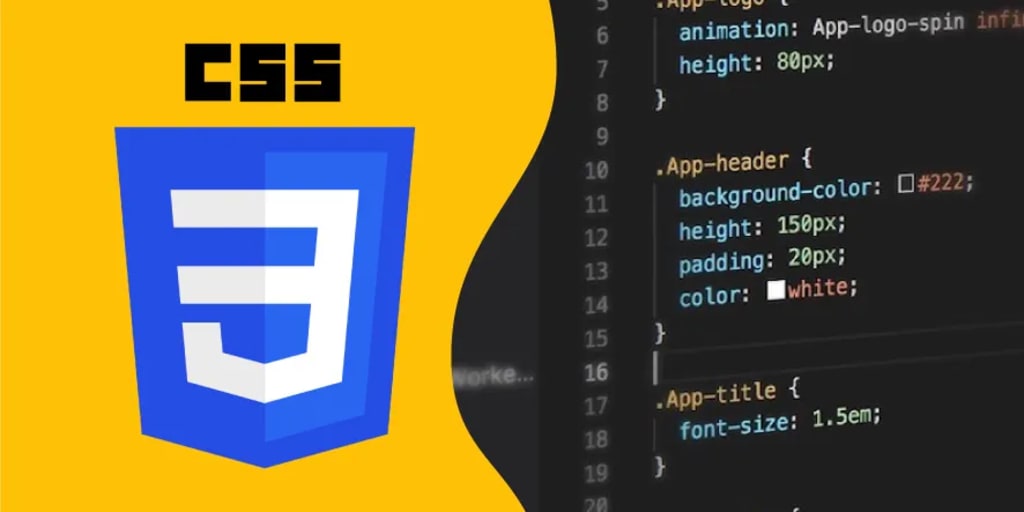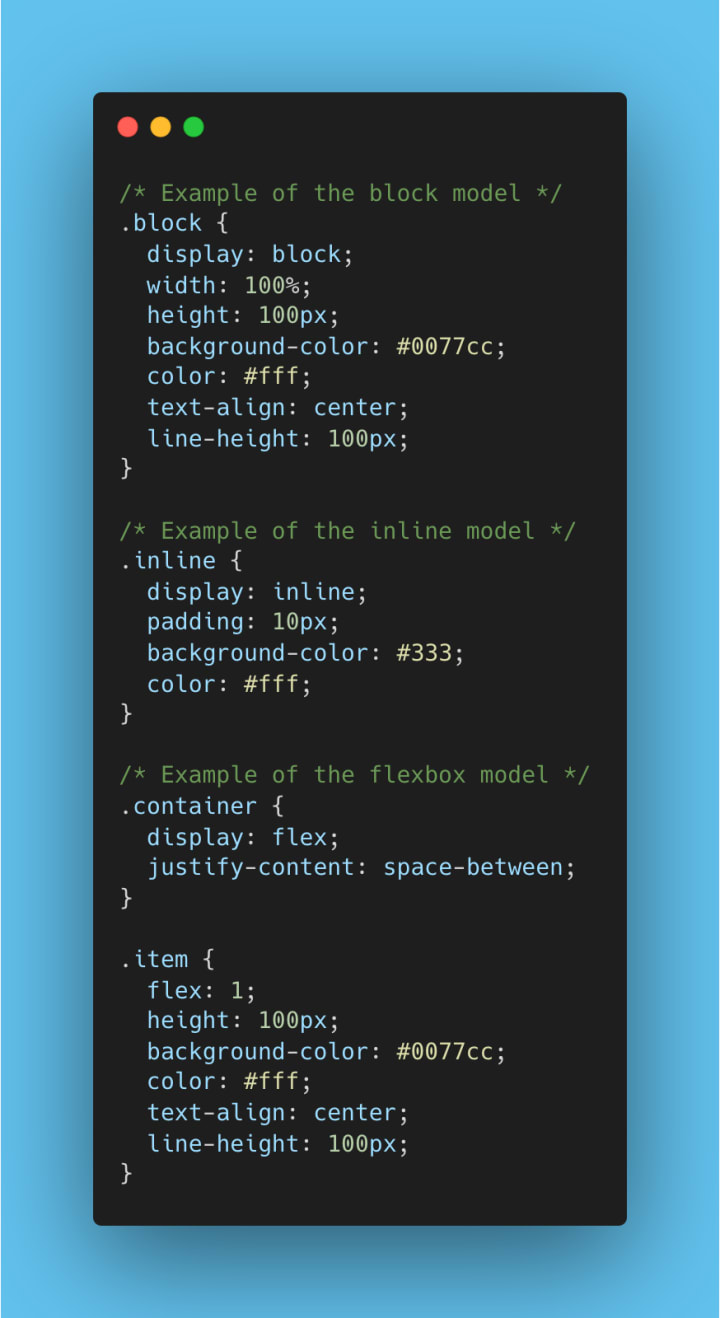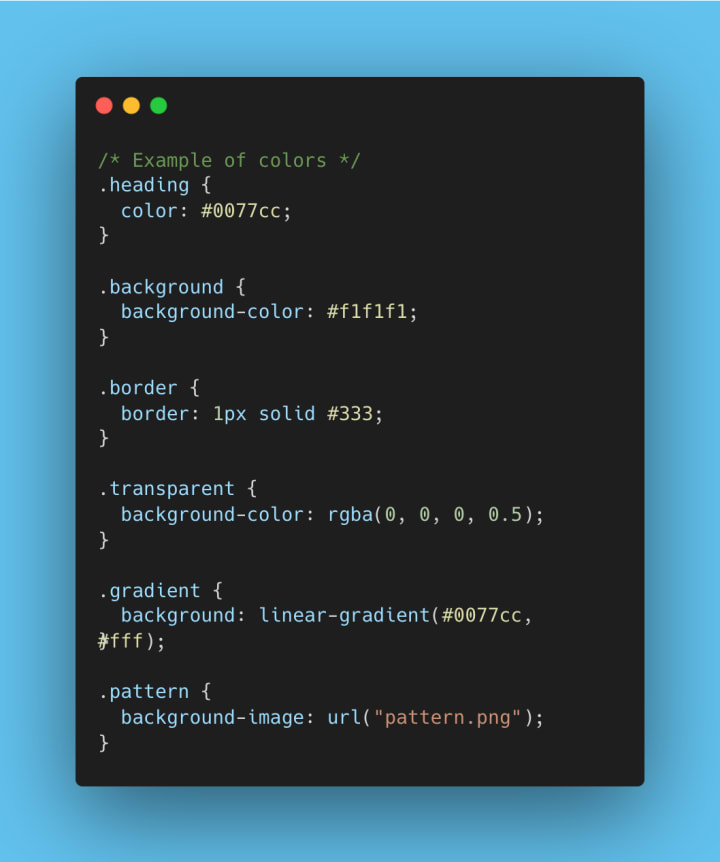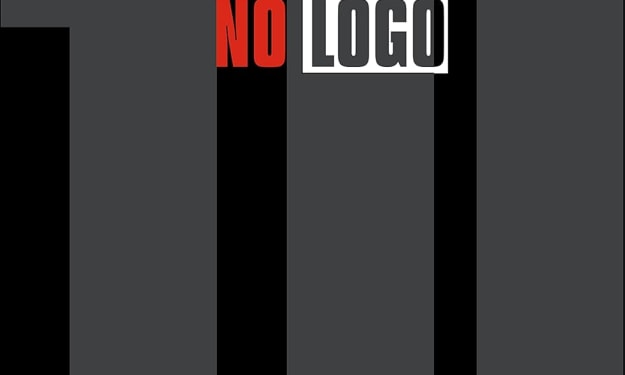
CSS or Cascading Style Sheets is a language used to describe the presentation of a document written in HTML or XML. It enables web developers to control the layout, typography, and color of a website. In this blog, we will discuss seven essential CSS concepts that every web developer should know.
1- Selectors
CSS selectors are used to target HTML elements and apply styles to them. Selectors can be based on the element type, class, ID, attribute, or pseudo-classes. The most commonly used selector is the element type selector, which targets all instances of a particular HTML element. For example, the selector “p” targets all paragraphs on a page.
Here are some examples:

2- Box Model
The box model is a fundamental concept in CSS that explains how elements are sized and spaced on a web page. Every element on a page is treated as a rectangular box with four properties: content, padding, border, and margin. The content area is where the actual content of the element is displayed, while the padding is the space between the content and the border. The border is the line around the element, and the margin is the space between the border and other elements on the page.
Here are some examples:

3- Layout
CSS layout is used to position and arrange elements on a web page. There are several layout models in CSS, including the block model, inline model, and flexbox model. The block model is used to create rectangular blocks of content that stack vertically on a page. The inline model is used to create inline-level elements that flow horizontally on a page. The flexbox model is a more advanced layout model that allows for flexible and dynamic layouts.
Here are some examples:

4- Typography
CSS allows web developers to control the typography of a web page. This includes font size, font family, font weight, line-height, and text-decoration. Web developers can also use CSS to control the spacing between letters and words, known as letter-spacing and word-spacing, respectively.
Here are some examples:

5- Colors
CSS provides a wide range of color options for web developers to choose from. Colors can be specified using RGB values, hex codes, or color names. CSS also allows for the use of transparent colors, gradients, and patterns.
Here are some examples:

6- Responsive Design
Responsive design is a CSS technique used to create websites that adapt to different screen sizes. With the increasing use of mobile devices, responsive design has become an essential aspect of web development. Responsive design uses CSS media queries to adjust the layout and styling of a website based on the size of the screen.
Here are some examples:

7- Animations
CSS animations allow web developers to add movement and interactivity to web pages. Animations can be created using CSS properties such as transform, transition, and animation. CSS animations can be used to create hover effects, sliding menus, and other interactive elements.
Here are some examples:

Conclusion
CSS, or Cascading Style Sheets, is an essential component of modern web development. It enables developers to control the visual appearance of websites, including layout, typography, color, and animation. Understanding the core concepts of CSS is crucial for creating visually appealing and user-friendly websites.
One of the key concepts in CSS is selectors, which allow developers to target specific HTML elements and apply styles to them. By using selectors effectively, developers can create complex designs that are easy to maintain and update.
Another important concept in CSS is the box model, which determines how elements are positioned and sized on the page. By mastering the box model, developers can create layouts that are responsive and adapt to different screen sizes and devices.
Typography is another crucial aspect of CSS. It involves selecting and applying fonts, sizes, and styles to text on the page. Good typography can make a website more readable and engaging for users.
Colors are also an essential part of CSS. They can be used to create a visual hierarchy on the page, draw attention to important elements, and create an overall mood or tone.
Responsive design is another critical concept in CSS. It involves designing websites that adapt to different screen sizes and devices, such as smartphones, tablets, and desktops. With responsive design, developers can ensure that their websites are accessible to all users, regardless of the device they are using.
Finally, animations are a powerful way to add visual interest and interactivity to websites. CSS provides a variety of tools for creating animations, including transitions, transforms, and keyframe animations.
Overall, mastering these seven essential CSS concepts will allow web developers to create visually appealing, responsive, and engaging websites. With CSS, developers can bring their designs to life and create experiences that delight and engage users.
About the Creator
Qaiser Abbas
Frontend Web Developer | ReactJS Expert | Shopify Expert | Wordpress Expert | Mobile App Developer






Comments (2)
Very informative
Interesting and very well detailed. I have subscribed.